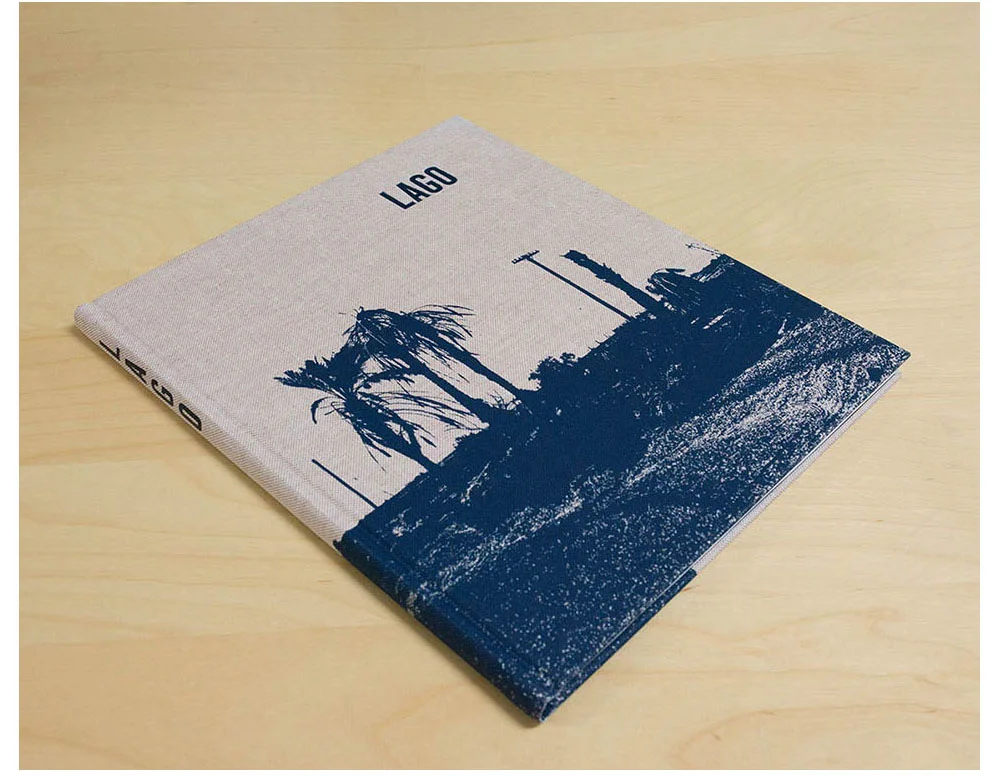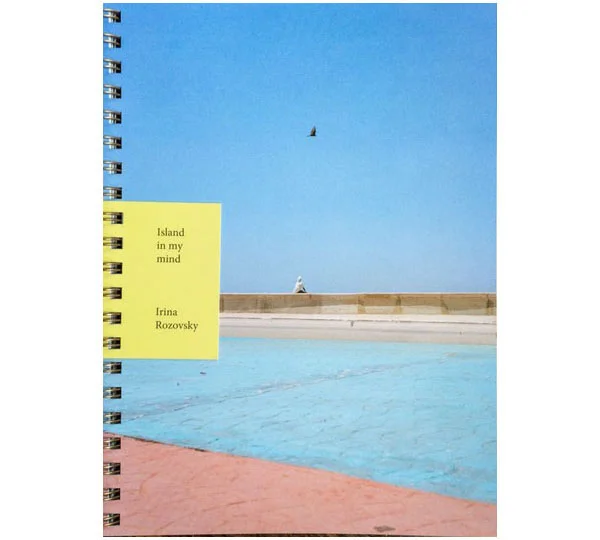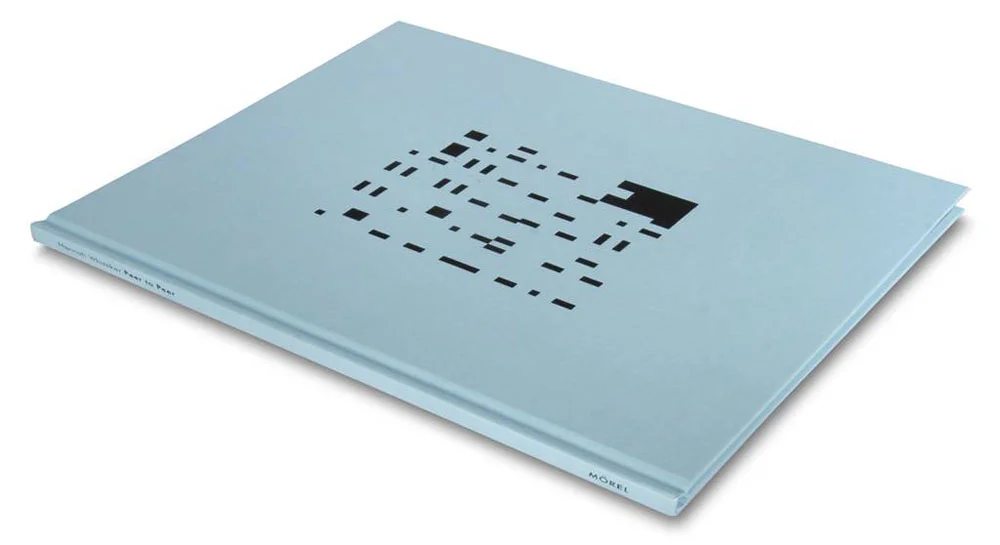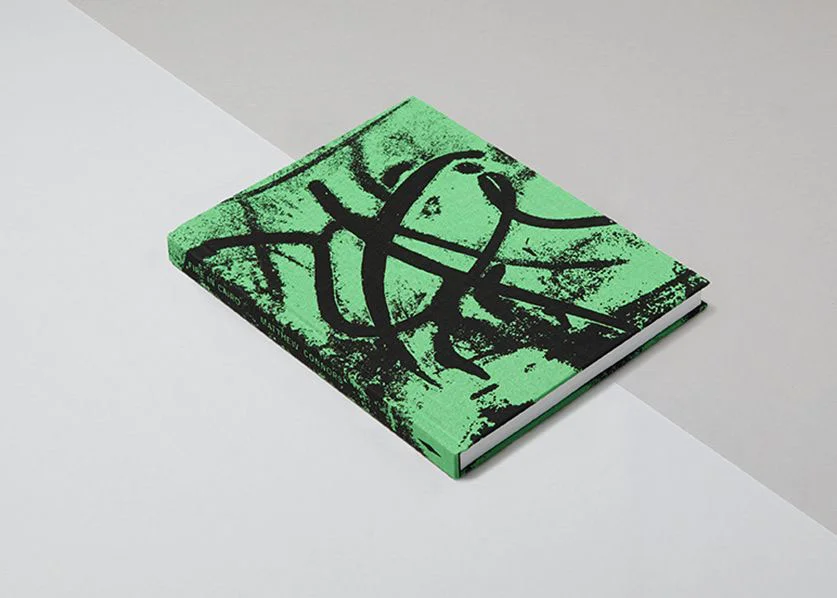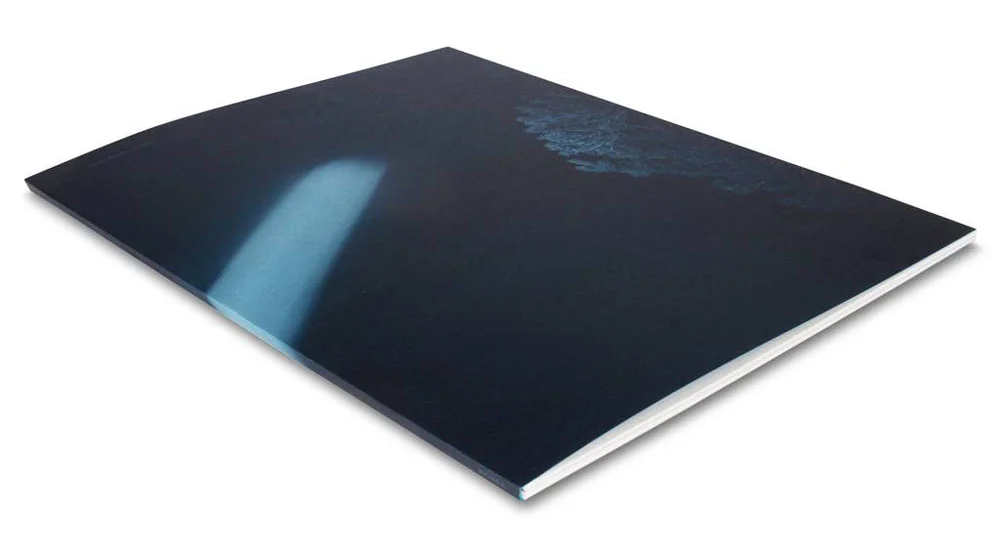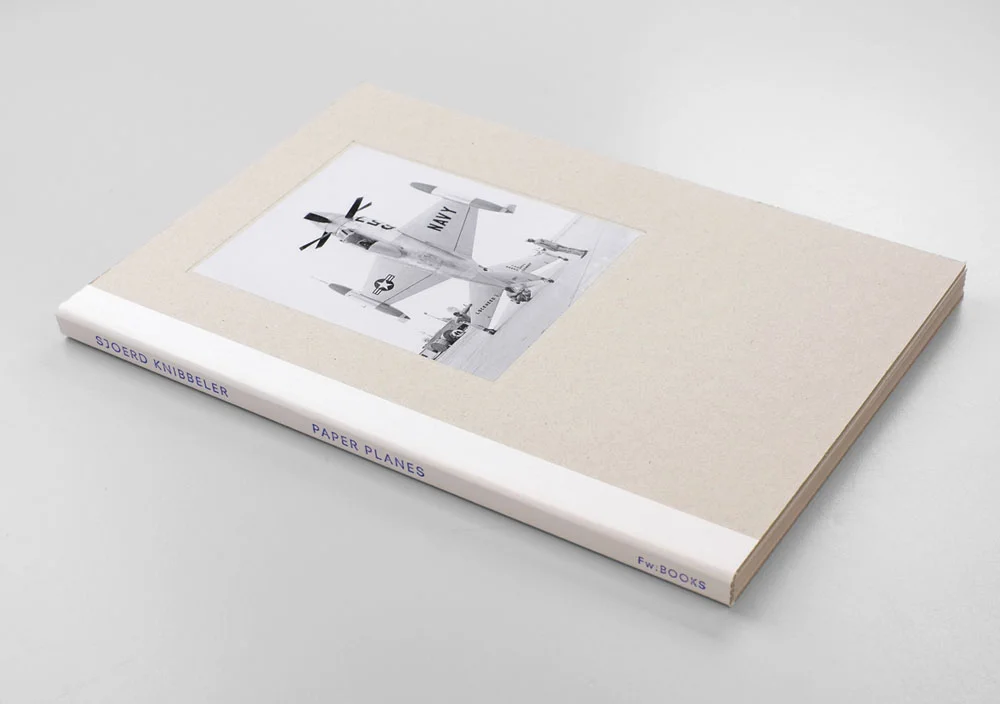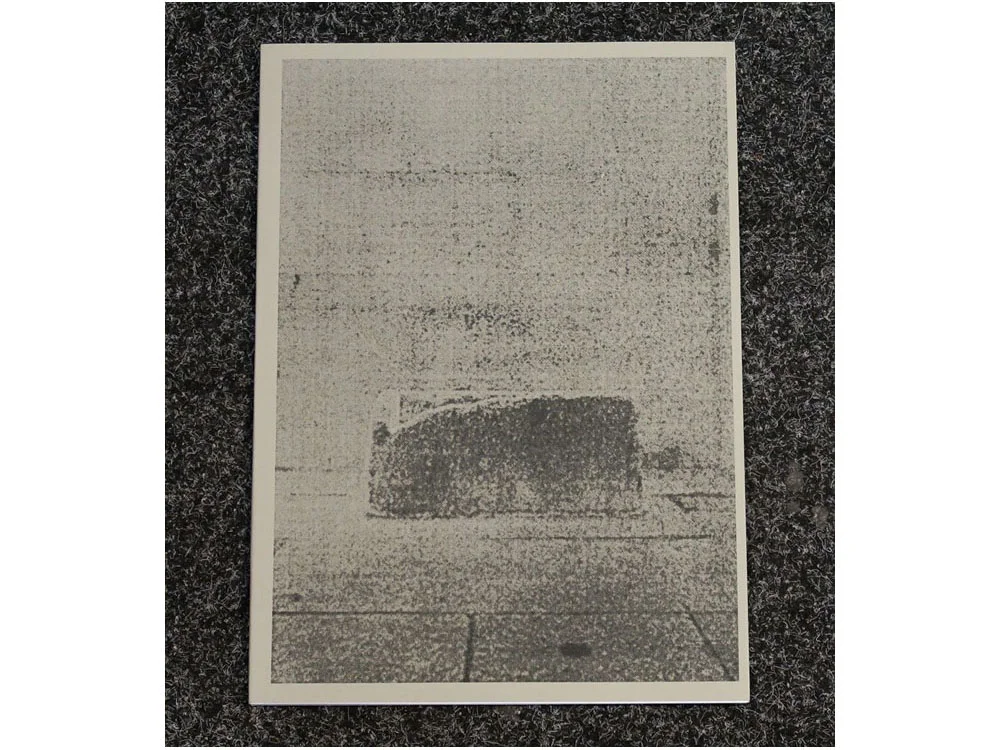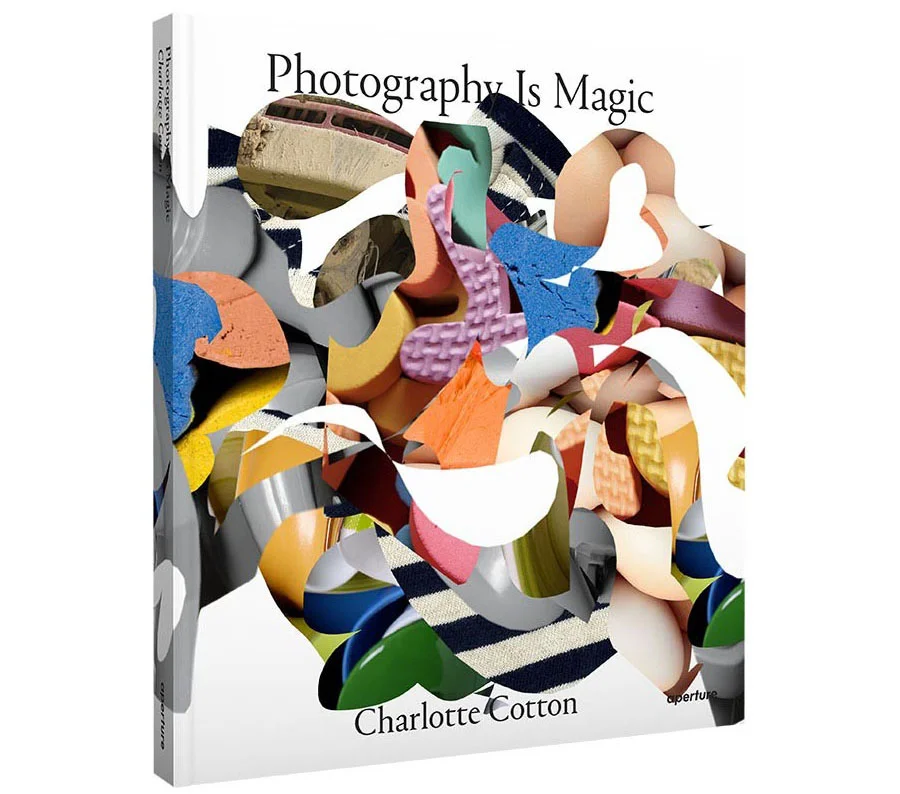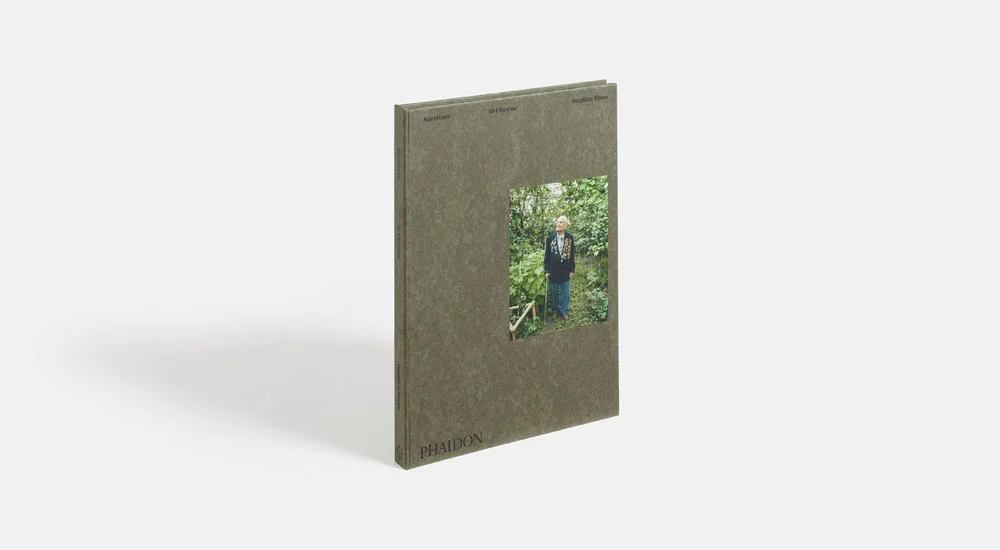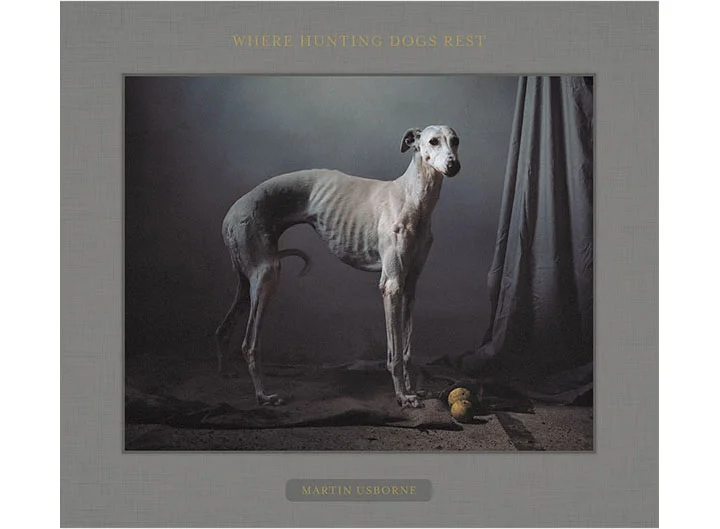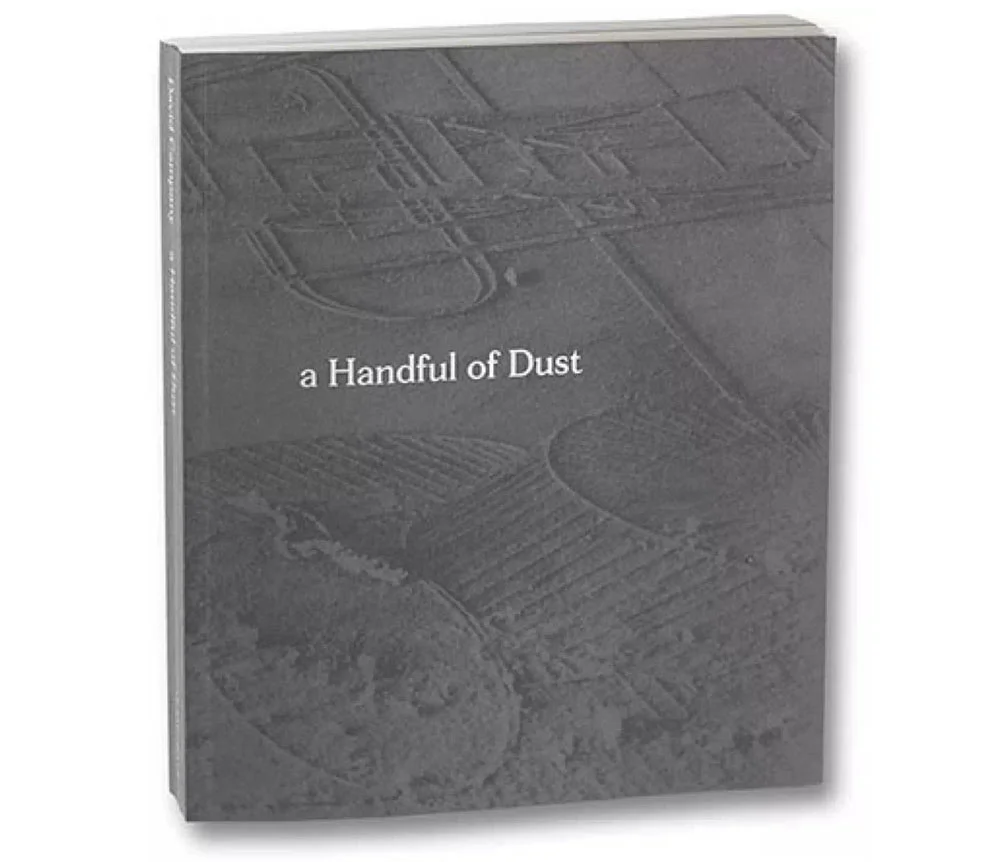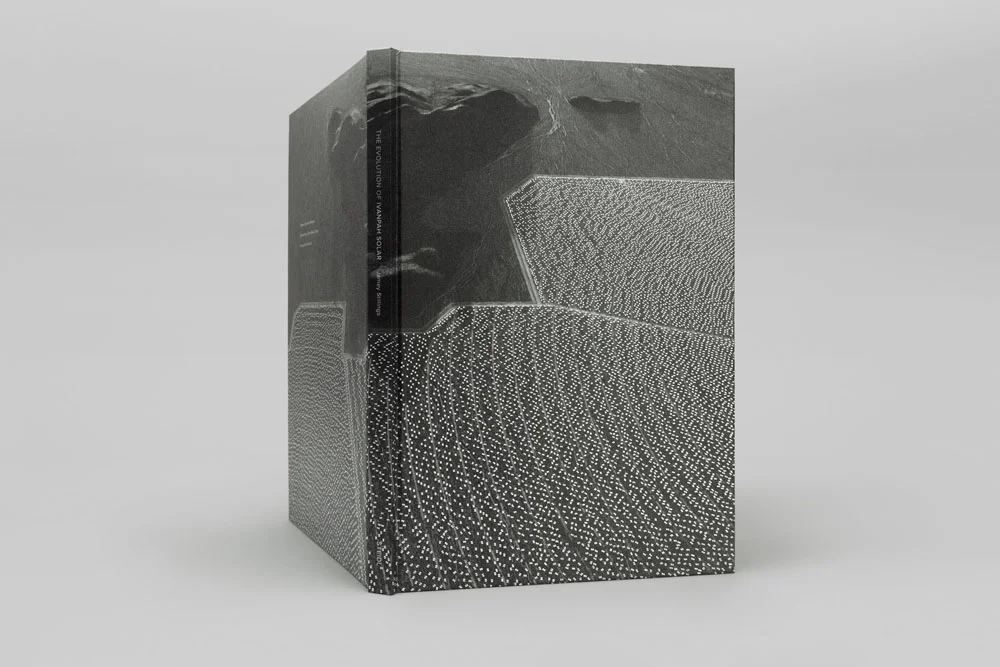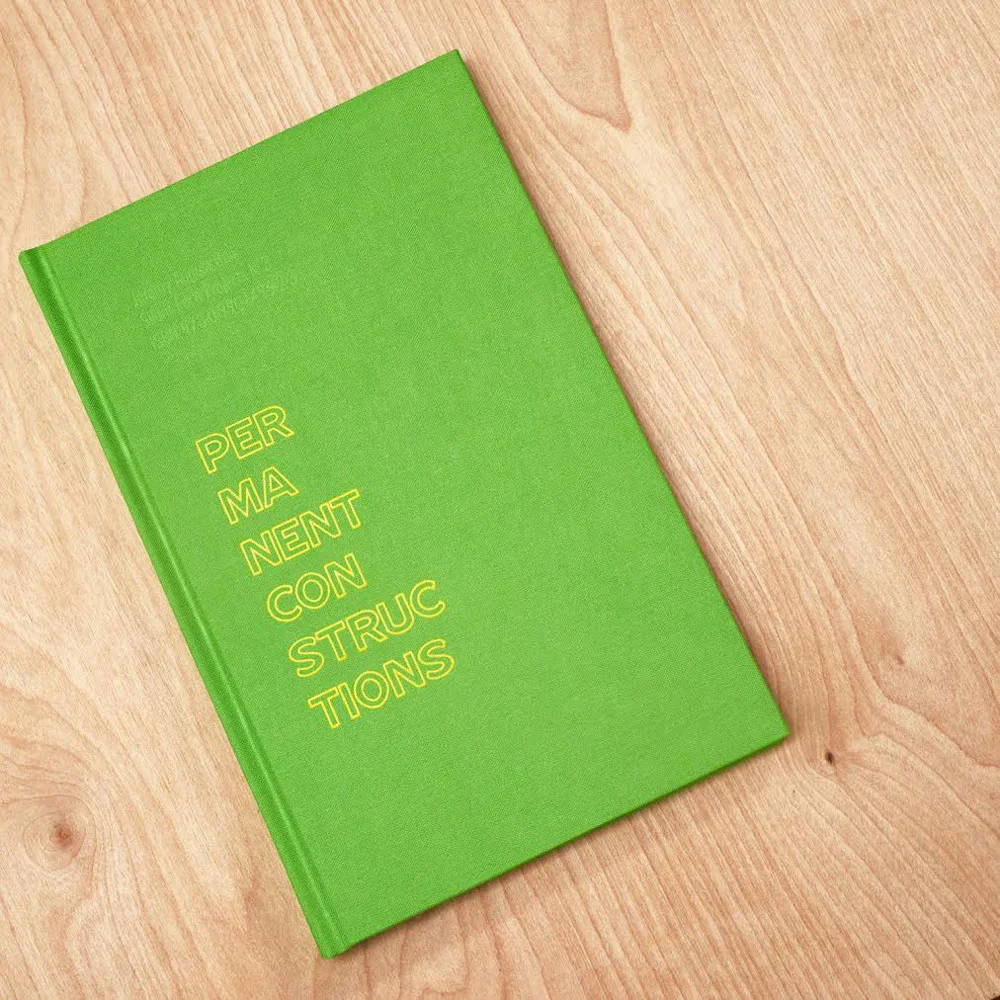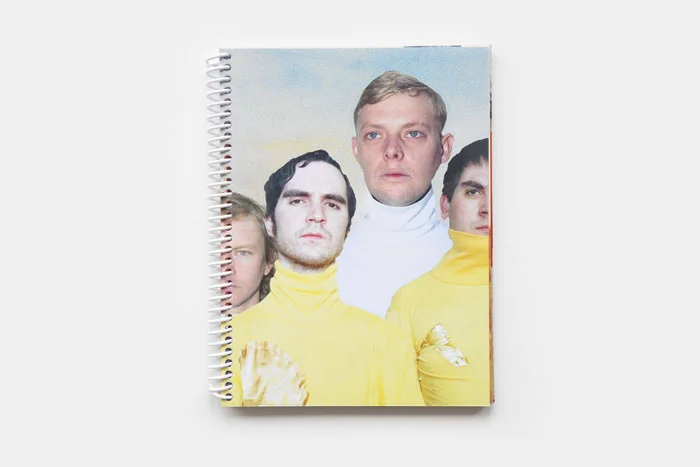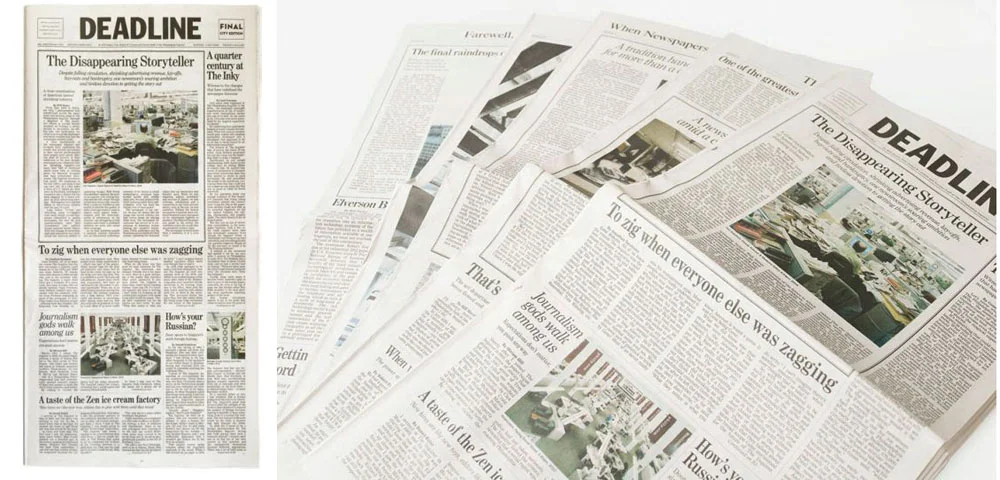'Tis the season to be making listicles. Within a week, every major photo blog (despite lots of folks saying blogs are dead, to which we say 'pshhhh'), magazine, content marketing generator, and probably a bunch of Instagram feeds will deliver their lists, break some hearts and make new friends for life. We thought about making our own list, but are trying something different this year. Instead of waxing authoritatively on our favorite photobooks, we've handed the reins to the photographers and publishers of Humble's best photobooks of 2014 to let them do the heavy lifting...er, we mean, to keep the decision more open, more varied, and potentially less of what our dear readers might expect. With that said, we strongly encourage you to check out some of these books and support each of the artists' hard work. In most cases, you can purchase directly from the photographers/publishers, or support amazing photobook stores and distros like Photoeye, Spoonbill and Sugartown, Dashwood Books, and Printed Matter. So behold! Humble's best photobooks of 2015 (in no particular order) according to some of the best photobook-agraphers of 2014.
1. Ron Jude: LAGO
Publisher: MACK Books
From the publisher: In Lago, Ron Jude returns to the California desert of his early childhood as if a detective in search of clues to his own identity. In a book of 54 photographs made between 2011 and 2014, he attempts to reconcile the vagaries of memory (and the uncertainty of looking) with our need to make narrative sense of things. Using a desolate desert lake as a theatrical backdrop, Jude meanders through the arid landscape of his youth, making note of everything from venomous spiders to discarded pornography. If one considers these traces to be a coded language of some sort, Jude’s act of photographing and piecing them together becomes a form of cryptography – like a poetic archeology that, rather than attempting to arrive at something conclusive, looks for patterns and rhythms that create congruity out of the stuttering utterances of the visible world.
Lindley Warren of The photographic Dictionary (Humble's Best Photobooks of 2014) calls it "A highly visceral journey that displays the power of allowing good photographs to speak for themselves." Bryan Formhals (also of 2014) adds "I appreciate how Jude weaves together an open ended, mysterious narrative that draws you back for repeated viewings"
2. Irina Rozovsky - Island In My Mind
Publisher: Verlag Kettler
From the Publisher: Island in my Mind, Irina Rozovsky's second monograph, is a bewildering voyage through Cuba that allows us to see the place anew. Informed by her childhood in the Soviet Union and immigration to the west, Rozovsky's images seem to come from the inside and convey a surreal world, with social and political conditions implicit and embedded in the land and air but never made obvious. The narrative structure of Island in my Mind is open ended, energetic, and flowing wildly from countryside to city streets--with the sea as a constant reminder of boundary. Winner of the 2014 Kassel Fotobook Festival Dummy Award, Island was consequently published by Verlag Kettler in 2015.
3. Hannah Whitaker - Peer 2 Peer
Publisher: Morel Books
From the publisher: Hannah Whitaker explores how photographs can network, participate in systems, iterate, and form relationships. The book alternates between one full-page photograph and up to four on the next page that relate to the first. By adhering to this organizing principle and by employing repetitive marks made through in-camera masking, the photographs assert a linearity more typical of text than image. The cover spells out the book’s title and author using an illegible alphabet, which, inverting the logic of the photographs, asks to be looked at rather than read. Peer to Peer includes an accompanying text insert written by Aaron Kunin.
4. Matthew Connors - Fire in Cairo
Publisher: Self Publish Be Happy
From the publisher: Fire in Cairo emerged from Egypt as an oblique and fragmentary document of revolutionary struggle. The book charts Connors’ uneasy engagement with the political turmoil that gripped the nation during its rapidly unfolding history. The complexity of the situation resisted comprehensive explanation, but invited metaphorical speculation. In his images Cairo reveals itself to be an enormous studio for social change, ripe with visual, sculptural and atmospheric residues of resistance. He weaves these together with portraits of Egyptians from across the political spectrum and his own experimental fiction. The result is a book that careens between reportage, poetry and surrealism to heighten the tensions between beauty, threat and historical consequence.
Charlie Rubin (Humble's best photobooks of 2014) describes it as "subtlety rhythmic, crisp and meaningful"
5. Geert Goiris - Prophet
Publisher: Roma Publications
From the publisher/ Idea Books: Published to correspond with the exhibition ‘Geert Goiris – Flashbulb memories, Ash Grey Prophesies’ at Foam, Amsterdam, this signed and numbered, limited edition volume contains more than 40 black-and-white and monochrome images by the Belgian artist. The darkened pictures are seemingly devoid of visual cues as to time and space, and possess a strange, unreal attraction that generates potentialities for as yet unknown narratives, associations, and suspense. Their layered, sometimes sublime visual language oscillates in the area of tension between fact and fiction, whether the subjects portrayed are people, snowy landscapes, or shadowy objects.
Paula McCartney (Humble's best photobooks of 2014) says: "I am attracted to the book's cold, dark narrative where situations are suggested but not yet resolved."
6. Sjoerd Knibbeler - Paper Planes
Publisher: FW: Books
From the publisher: The paper planes series consists of 16 paper models of aircrafts that have never made it past the drawing board. Sjoerd Knibbeler was able to recreate these models based on information, technical drawings and ‘artist impressions’, which he predominantly found online. Some of these aircraft designs are over 80 years old and if they have failed as physical aircrafts, they still fly around the world as ideas – in the virtual form of data. In this publication these models are combined with texts and drawings, and turned into a 4 meter long leporello, which folds back to an A4 book with a hardcover sleeve.
Peter Happel Christian (Humble's best photobooks of 2014) says "Paper Planes, by Sjoerd Knibbeler, glides through the worlds of failure, play and data with beauty and intelligence."
7. Thomas Hauser - Wake of Dust
Publisher: Self Published
"The Wake of Dust was the book I remember most from this year. It is an ominous dream-like book of dark beauty that takes the grainy zine form into large format, big book dimensions using almost cinematic effects like repetition, zooming, and montage to pass through a series of images that are set in battle with each other in anapparent struggle to remember an incident of dark significance". - Bill Sullivan, 2014 Best Books
8. Charlotte Cotton: Photography is Magic
Publisher: Aperture
From the publisher: Photography Is Magic is a critical publication that surveys the practices of over eighty artists, all of whom are engaged with experimental approaches to photographic ideas, set within the contemporary image environment, framed by Web 2.0. The book contains a substantial essay by Charlotte Cotton and statements from all the contributing artists. The over three hundred image sequence represents the scope of photographic possibilities at play within contemporary creative practices. From Michele Abeles and Walead Beshty to Daniel Gordon and Matt Lipps, Cotton has selected artists who are consciously reframing photographic practices in the post-Internet age. Photography Is Magic provides an engaging physical experience - designed by Harsh Patel - for younger photo aficionados, students, and anyone interested in gaining a deeper understanding of contemporary photography.
9. Stephen Shore: Survivors in the Ukraine
Publisher: Phaidon
From the publisher: A powerful and haunting visual record, Stephen Shore’s portraits highlight the resilience and hope of Ukraine’s Holocaust survivors.
Shore’s latest project is his most emotionally-charged to date and the first photobook on this subject. An important cultural document, Survivors in Ukraine sits between the traditions of the diaristic color photobook that Shore himself pioneered with Uncommon Places (1982) and American Surfaces (2005), and that of the ‘concerned’ photographer using the camera as witness to conflict and other historic events.
10. Martin Usborne - Where Hunting Dog Rest
Publisher: Kehrer Verlag
From the publisher: Every winter throughout Spain it is estimated that up to 100,000 hunting dogs are abandoned or killed at the end of the hare-coursing season when they are no longer needed, perform badly or are too old. This book documents those dogs that have been rescued and sets them against the locations in Spain where they are typically abandoned: the sides of roads, the ravines, the rivers, the edges of towns, and the empty car parks. Shot in a style that references the tone and mood of Velázquez who painted at a time when these dogs were treated with great respect, Martin Usborne’s photographs show both the classical beauty of the animals but also the ugliness of their modern situation – their bodies are weakened, their expressions fearful. The dogs in these pictures are the fortunate ones – they have found a place to rest and recuperate.
Robin Schwartz (Humble's best books of 2014) says " I supported the Kickstarter and feel a kindred heart to Martin, whom I have not met yet. There are so many photographers I admire, particularly photojournalist for their bravery, courage and stamina. Stamina to pursue Martin’s project is what I admire beyond how Martin manages such elegant portraits. I am completely jealous of his mastery of light.
11. David Campany - a Handful of Dust
Publisher: Mack Books
From the publisher: A Handful of Dust is David Campany’s speculative history of the last century, and a visual journey through some of its unlikeliest imagery. Let’s suppose the modern era begins in October of 1922. A little French avant-garde journal publishes a photograph of a sheet of glass covered in dust. The photographer is Man Ray, the glass is by Marcel Duchamp. At first they called it a view from an aeroplane. Then they called it Dust Breeding. It’s abstract, it’s realist. It’s an artwork, it’s a document. It’s revolting and compelling. Cameras must be kept away from dust but they find it highly photogenic. At the same time, a little English journal publishes TS Eliot’s poem The Waste Land. “I will show you fear in a handful of dust.”
12. Jamey Stillings - The Evolution of Ivanpah Solar
Pubisher: Steidl
From the publisher: In this book Jamey Stillings synthesizes his environmental interests with a long-held fascination for the intersections of nature and human activity. In October 2010, before construction commenced, Stillings began a three-and-a-half year aerial exploration over what has become the world’s largest concentrated solar power plant, the Ivanpah Solar Electric Generating System in the Mojave Desert of California. From the stark terrain of the pre-construction landscape to the angular forms of the completed solar plant producing 392 megawatts of electricity on 14 square kilometers of public land, Stillings explores transformative interactions between raw natural forms and the project’s precise geometric lines. Photographing from a helicopter during first and last light, Stillings’s images incorporate tight abstractions, oblique views of geologic forms, and broad open views of the dramatic desert basin.
Lauren Marsolier (Humble's best photobooks of 2014) says "I chose Jamey Stillings' book because I find his images at the intersection of the man-made and nature both visually arresting and profound. I immediately felt drawn to their formal simplicity that raise so many questions about our relationship to nature."
13. Jeremy August Haik - Permanent Constructions
Publisher: Silent Face Projects
From the publisher: The playful publication features Haik’s studio-based images, made by manipulating and re-photographing small assemblages of printed material, often from scientific and Classical sources. His rigorous methodology engages the visual language of knowledge in an effort to challenge our codified notions of history and truth.
14. Catharine Maloney: Teleplay, Pt 1
Publisher: Skinnerboox
From Tim Clark's introduction: Notable for their curiously unsettling shabbiness, Catharine Maloney’s photographs are clearly testament to the author’s laissez faire attitude to perfection and technical mastery. By shooting with a medium format camera, scanning in the film and routinely tinkering with the images in Photoshop, the Texan-born artist then gets prints made cheaply and either draws on them or creates collages. They combine the coarse ingenuity of mixing and layering various media with an ambiguous and uneasy decontextualisation of objects and subjects. Peopling the images, figures can often appear multiple times within the same work, and superimpositions, doublings and reflections are all commonplace. So too are distortions in scale and perspective. All the long-held notions of space and temporality appear to collapse revealing photography’s limits and inherent contradictions.
15. Lucy Helton: Actions of Consequence
Publisher: Self published/ artist book
Actions of Consequence, is a mystery in an of itself. Through a combination of her own and found photographs, Helton creates a fantastic outer-space dreamscape that rests somewhere between scientific documentation and fabricated narratives.
16. Will Steacy: Deadline
Publisher: Self Published
From Steacy's statement: For five years, Will Steacy had unrestricted access to photograph the newsroom and printing plant of the Philadelphia Inquirer. Through a depiction of The Inquirer’s efforts to prevail despite depleted ad revenue, a steady decline in circulation, layoffs buy outs and bankruptcy, Steacy’s intent was to reveal the challenges and harsh realities that face the newspaper industry today.

